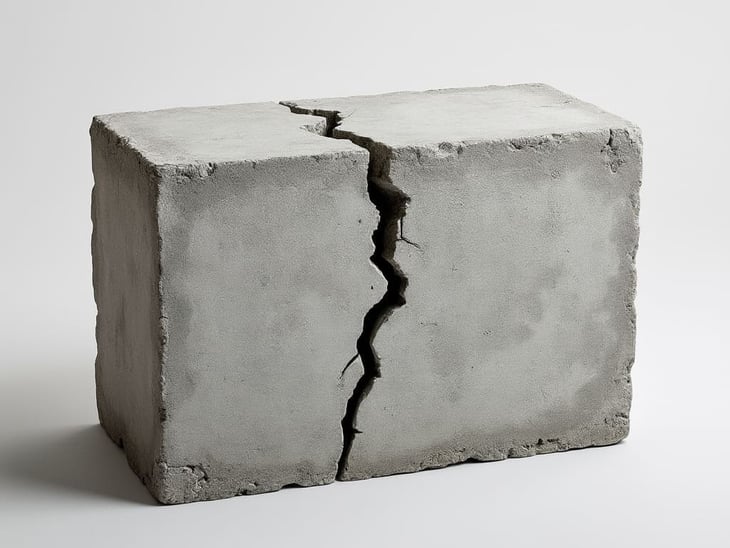
If widely applied, self-healing concrete can significantly reduce construction maintenance costs - Photo: Quantum News
According to The Brighter Side of News , the invention of self-healing concrete belongs to a research team at the University of Nebraska-Lincoln (USA) and is highly appreciated for its practical application, not only in the construction industry.
Why are concrete cracks a serious problem?
Concrete is the most widely used building material in the world . However, it is prone to microcracks due to the effects of heat, shrinkage or heavy loads.
These cracks can allow water, air and chemicals to penetrate, corrode steel and weaken the structure, even leading to collapse if not detected and treated promptly.
In the United States, detecting and repairing concrete cracks costs tens of billions of dollars each year. It is a difficult process that requires finding the exact location of the damage and implementing costly repairs.
Led by Dr. Congrui Grace Jin, the team took inspiration from lichens, a symbiotic organism between fungi and algae/cyanobacteria that can survive in harsh environments.
They recreated this symbiotic model in the lab by combining filamentous fungi (Trichoderma reesei) and cyanobacteria (Anabaena inaequalis or Nostoc punctiforme) to create a microbial system that can survive on just air, water, and light.
The special feature of this system is its ability to automatically produce calcium carbonate minerals, a substance that helps seal cracks in concrete without the need for additional nutrients from outside like previous methods.
In this microbiome, cyanobacteria use light to photosynthesize, absorbing carbon dioxide and nitrogen from the air to create nutrients. Filamentous fungi use this source of nutrients to grow and create calcium carbonate crystals to fill the cracks.
Experiments have shown that this symbiotic microorganism thrives in nutrient-poor, low-humidity, high-pH environments like concrete, where many other bacteria cannot. Tests have also confirmed that the crack healing rate is up to 80% faster than conventional bacterial methods.
In particular, this method is also safe for the environment because it does not create toxic gases like some techniques using urea.
Practical applications and future prospects
If widely adopted, self-healing concrete could significantly reduce construction maintenance costs, extending the life of bridges, buildings and even space structures on the Moon or Mars, where repairs are nearly impossible.
The team is also working with sociologists to understand how the public feels about living in homes with microbes “lurking” in the walls. Legal and ethical considerations are also being considered to ensure safety and social acceptance.
Not stopping at the theoretical model, the group of scientists created concrete samples containing microorganisms, cultured in simulated real conditions such as warm temperature, average humidity and lighting cycle like on the construction site. The results showed that this microorganism system can grow and operate effectively without genetic modification, relying only on air and light.
If commercialized, this technology could transform the global construction industry, making cities more sustainable, lower-emission and safer for everyone.
Source: https://tuoitre.vn/phat-minh-loai-be-tong-tu-va-20250623113630787.htm




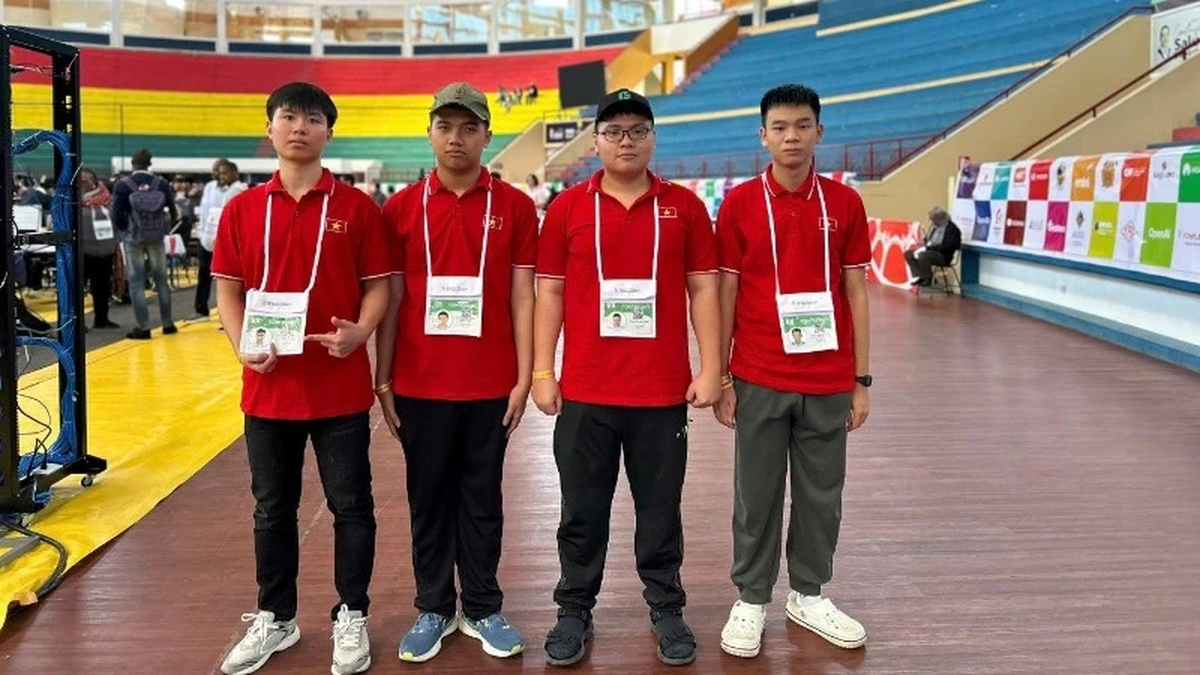
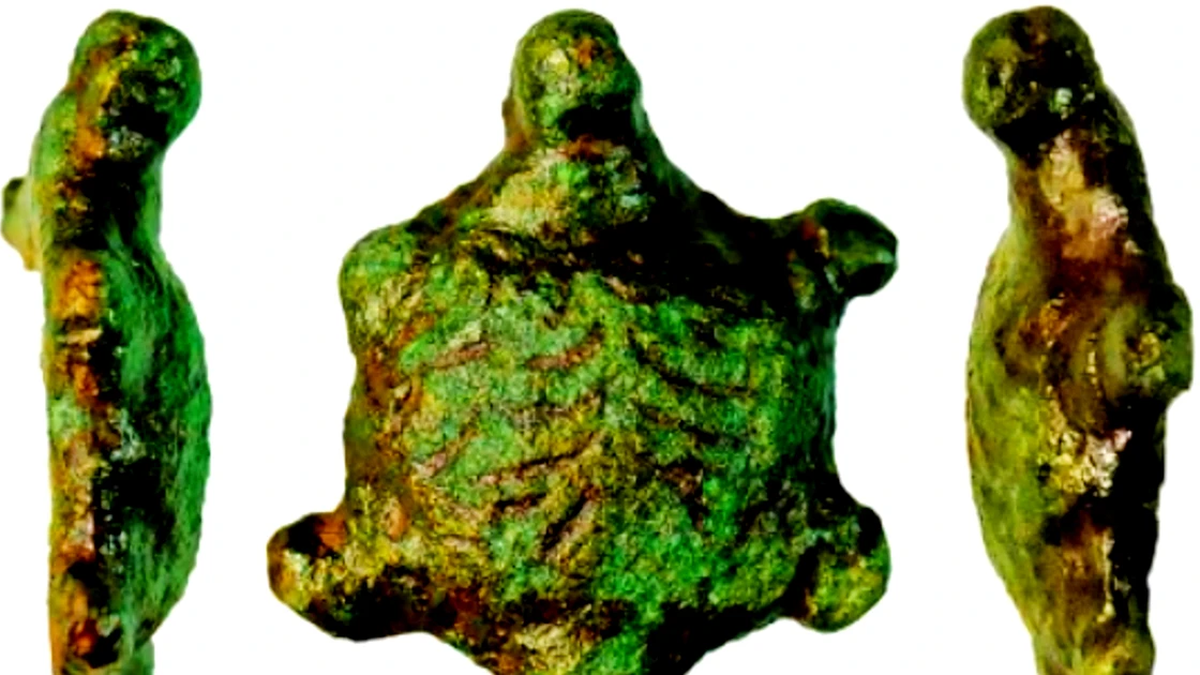
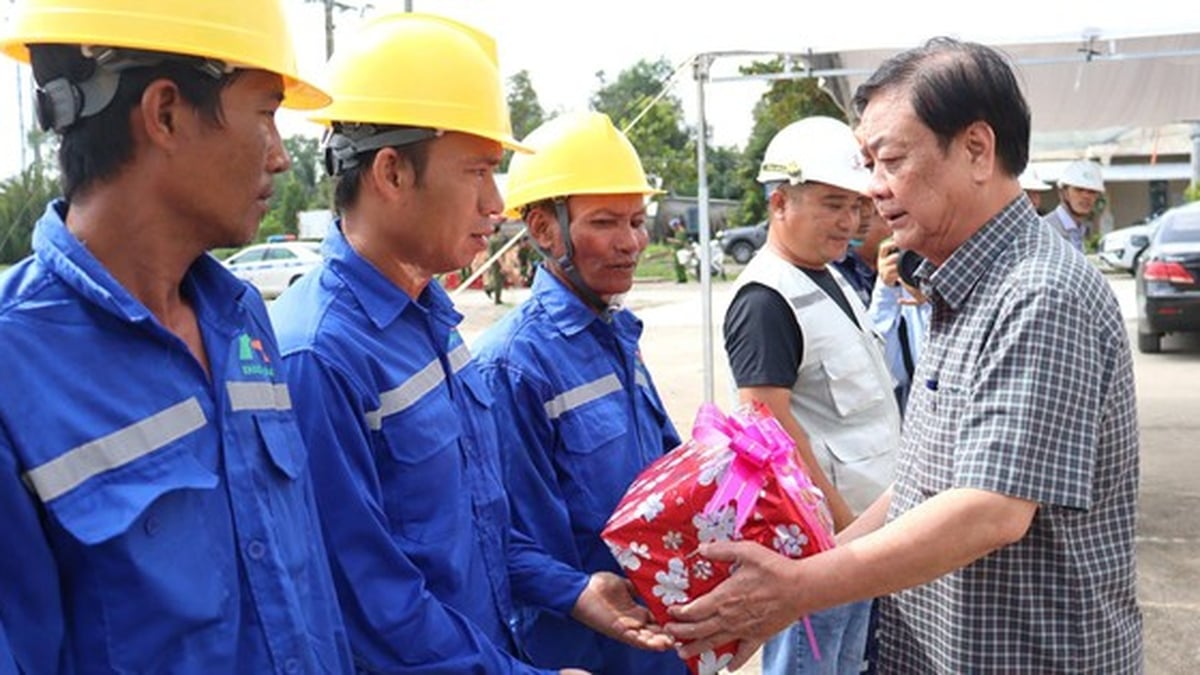



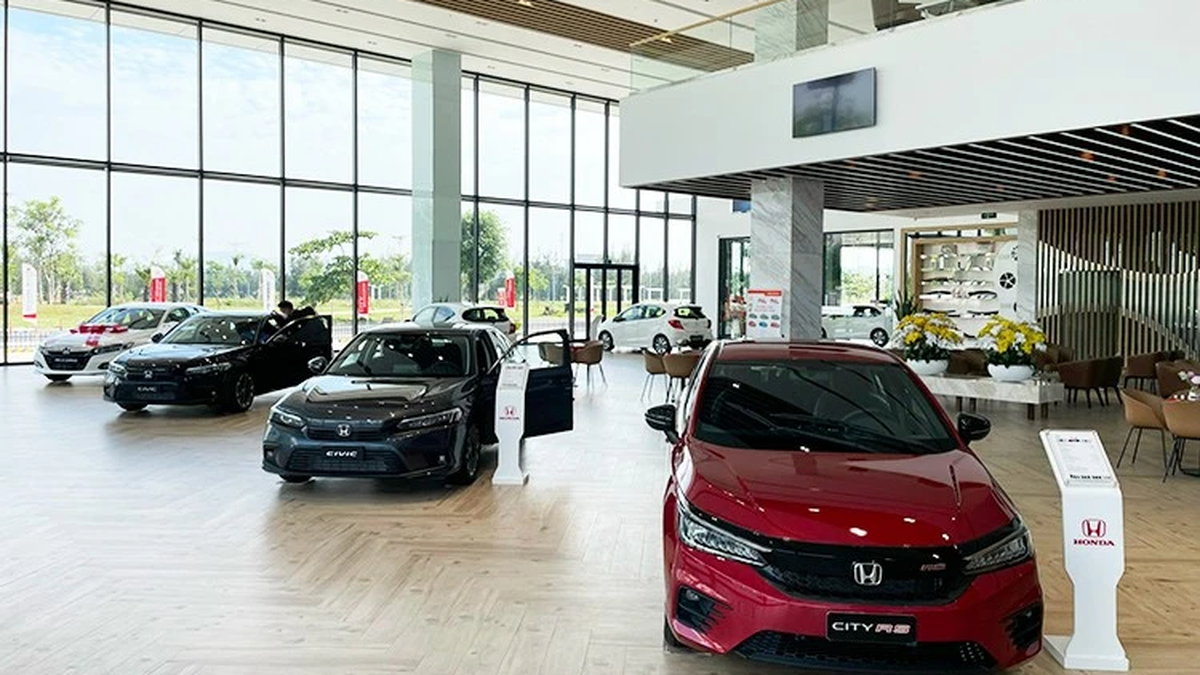
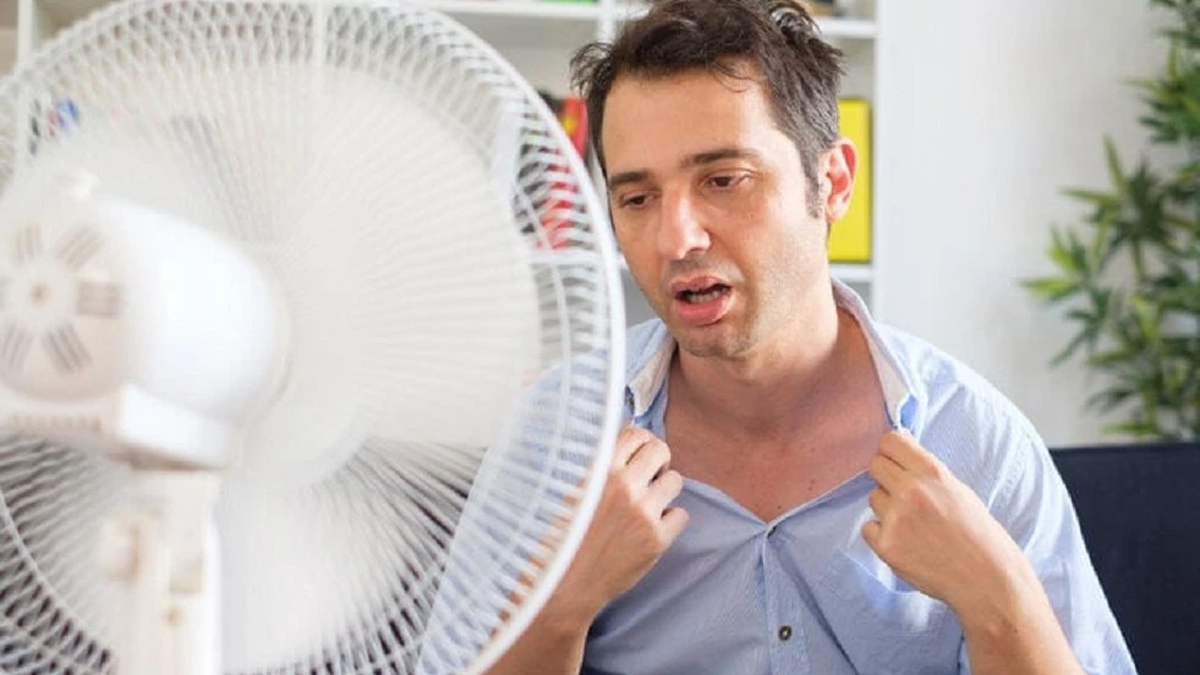





















































































Comment (0)